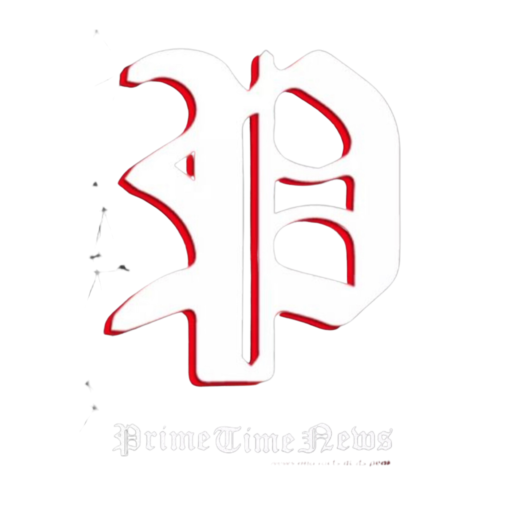Tinubu’s Media Chart: A Missed Opportunity to Reassure the Nation
In what can only be described as a media appearance marked by confusion, evasiveness, and a lack of clear direction, President Bola Ahmed Tinubu’s responses to questions posed during his recent media interaction have sparked widespread discussion. Rather than providing insightful answers, his statements were widely perceived as poorly articulated, lacking substance, and marked by arrogance and a clear avoidance of crucial national issues. This marks a troubling trend for a leadership that should prioritize transparency and engagement, especially in a time of multiple national crises.
The chart of his media responses paints a grim picture of a leader whose communication strategy failed to inspire confidence or instill hope. What was expected to be an opportunity for the President to outline his administration’s plans and provide assurances to the public instead became a showcase of confusion. Instead of offering concrete solutions, Tinubu’s responses appeared to be based on guesses, derailing tangents, and, at times, deliberate misdirection. The media session, initially billed as a platform to reassure the public, ended up confirming a sense of tragedy in the stewardship of the nation’s leadership.
One of the most glaring issues was the arrogance that tinged Tinubu’s answers. When confronted with tough questions, rather than acknowledging the challenges facing the country or offering tangible steps for improvement, the President’s responses were marked by a dismissive tone that bordered on condescension. This arrogance not only alienated the public but also raised serious concerns about the administration’s willingness to listen to criticisms and adjust its policies in response to the nation’s realities. When a leader adopts such an attitude, it creates the impression that the government is more interested in protecting its image than addressing the real issues affecting the populace.
Moreover, the session was fraught with evasive answers that left many critical questions unanswered. Instead of providing clear plans or actionable steps, Tinubu opted for vague generalizations and platitudes, further muddying the waters of the nation’s leadership. Key questions on national priorities—such as how to tackle the economic crisis, improve security, and rebuild the nation’s infrastructure—were met with empty rhetoric rather than substantive proposals. The refusal to engage meaningfully on these pressing issues left the public in the dark, questioning the sincerity of the government’s commitment to resolving the country’s myriad challenges.
What stood out most during the media chart was the absence of a clear direction. Tinubu’s answers were devoid of any concrete vision for the future of Nigeria. This lack of clarity led to an atmosphere of confusion, with the public unable to grasp what the President stands for or what his administration aims to achieve. As he meandered through the questions, it became increasingly apparent that there was no definitive roadmap guiding the administration’s actions. If anything, his responses seemed to suggest that the government is reacting rather than planning—failing to project a clear path forward.
Rather than offering strategic insights into how his government would address the most critical challenges facing Nigeria, such as the ongoing fuel subsidy removal crisis, insecurity, and worsening poverty rates, Tinubu’s responses felt like nothing more than guesses and half-baked ideas. The lack of coherence and forward-thinking in his remarks confirmed the fear that the country may be drifting without clear leadership.
Perhaps the most concerning aspect of the media interaction was the depressive tone that permeated Tinubu’s responses. Instead of offering reassurance and hope, his answers instilled fear and hopelessness. The public, already burdened by various challenges, was left with a sense of dread after the media appearance. The absence of optimism, the lack of a vision for a better future, and the overall gloomy nature of the discussion reinforced the idea that the nation’s leadership is disconnected from the realities facing everyday citizens. This left many wondering if the government was even aware of the mounting discontent across the nation.
Rather than providing a rallying cry for the nation to unite and face its challenges, Tinubu’s words seemed to deepen the despair. His inability to inspire confidence during this media interaction has left many questioning not just his competency, but his capacity to lead at a time when Nigeria needs strong, decisive leadership more than ever.
The media interaction, intended to mark a milestone in the President’s communication with the public, ended up being nothing to celebrate. There were no breakthrough moments, no clarifications on the way forward, and no uplifting remarks to offer hope to the people. In fact, it was a moment to reflect on the stark reality that the leadership may not be equipped to tackle the country’s most pressing issues. The lack of any tangible answers to the nation’s most urgent challenges only reinforces the perception that this administration may be out of its depth.
Tinubu’s media chart highlighted the growing gap between the government and the people. His failure to provide any tangible answers, his arrogance, and the evasive nature of his communication have only served to deepen public skepticism about the current administration’s capacity to lead effectively. The disconnection between the government’s rhetoric and the realities on the ground could not have been more apparent.
In conclusion, the First Bola Tinubu Media Chart was an exercise in missed opportunities. It was a moment to reassure the nation, but instead, it confirmed a sense of tragedy in the nation’s stewardship. As the public continues to grapple with economic hardship, insecurity, and social unrest, Tinubu’s inability to provide clear direction and inspiring leadership only deepens the nation’s fears about its future. If this is the level of communication and leadership Nigerians can expect, the road ahead is indeed a troubling one.
Garba Ubale Kankarofi wrote this piece from Kano, Nigeria.




